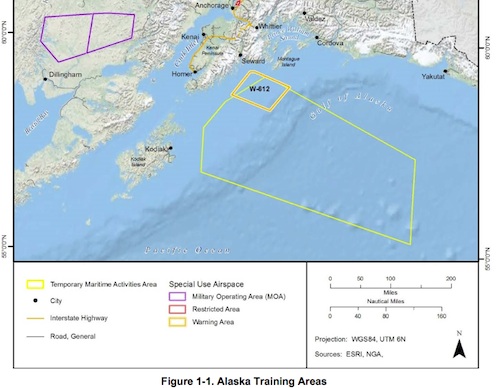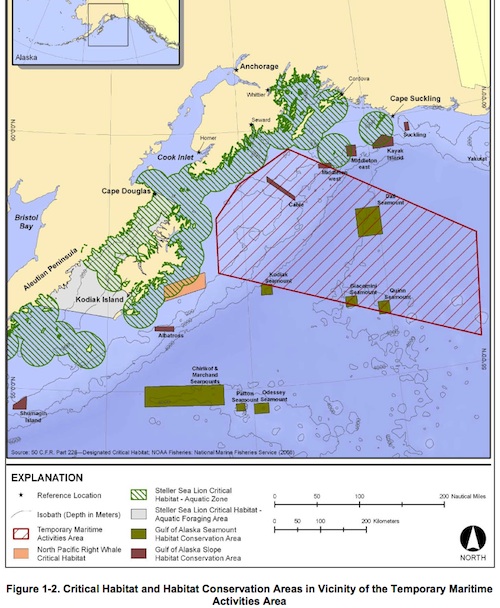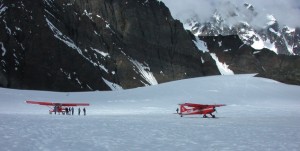Cornell listening systems could reduce risk of bird deaths from wind farms
Bioacoustics, Effects of Noise on Wildlife, Science, Wind turbines Comments Off on Cornell listening systems could reduce risk of bird deaths from wind farmsThis one slipped past me when it happened last June, but it’s well worth noting now. Complicating assessments of the risks of bird deaths at wind farms is the fact that two-thirds of migrating bird species migrate mainly at night; Cornell’s Bioacoustics Research Program, which has already done groundbreaking work in elephant communication and underwater listening systems, has proposed that combining their autonomous recording devices with radar data could provide the missing information on exactly when and where concentrations of migrating birds may exist near proposed wind farms.
A compelling animation highlights the large-scale patterns: The color-coded radar map illustrates areas of precipitation over the coasts as well as vast movements of tens of millions of birds, bats and insects across the entire country. In the densest areas, the color-scales indicate movement of 2,000 birds per cubic kilometer. “You’re talking about a massive movement of birds overnight,” said post-doctoral fellow Andrew Farnsworth.

Radar imagery of night-migrating birds, bats, and insects
Although radar data can show the magnitude, location, timing, speed and direction of migration patterns and provide information on key stopover sites, they do not identify types of birds or accurate flight altitudes, Farnsworth said. But combining radar data with data from flight call recordings and tracking tags on birds could allow researchers to identify many species in key areas. Bioacoustics program director Chris Clark added that recorders are cost effective, can be automated for many months at remote sites, provide data on many species simultaneously, increase the probability of tracking secretive and endangered species, and could allow regulatory agencies to develop computer models to assess risks to birds from wind turbines. He acknowledged, however, that using such acoustic technology could produce a massive “data crunch”; a single microphone over a three-to-four-month period can record 120 to 140 gigabytes of data, so data from several hundred microphones would be too much to process without advanced software. Also, researchers would need to better recognize the wide variety of flight calls and learn to integrate data from radar with those from acoustics and tracking tags, he added. More research is needed, Clark stressed, to determine at what altitudes species tend to fly and whether birds sense turbine blades and avoid them. Read full account of the presentation in the Cornell Chronicle, with link to the radar map animation.












